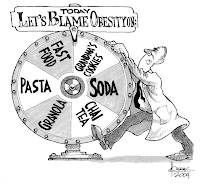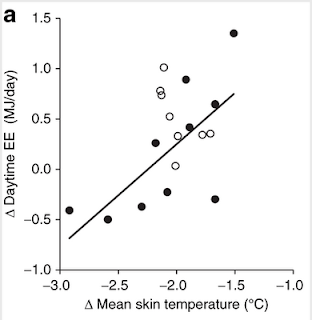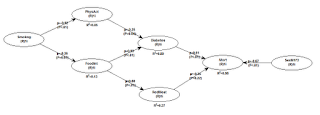Holding on to brain function through nutrition
By the year 2050, the number of people in the world over 80 years old will reach 370 million. About 50 percent of adults currently 85 and older have Alzheimer’s disease. The statistics are sobering and warn of a growing and serious epidemic. A high prevalence of Alzheimer’s disease, which is a debilitating and costly disease, can severely impact the population. With this perspective, the American Society for Nutrition hosted a symposium on the nutritional prevention of cognitive decline on Wednesday at Experimental Biology in San Diego. At the event, speakers presented a comprehensive overview of epidemiological, animal, and clinical trials regarding the role of B vitamins, omega-3s, vitamin D, and caffeinated beverages such as coffee and tea in the prevention and treatment of cognitive impairment. Martha Morris, Ph.D., an epidemiologist at Tufts University, discussed the relationship of folic acid, B12, and homocysteine to age-related cognitive decline, dementia, and Alzheimer’s dise





